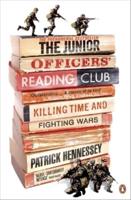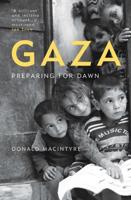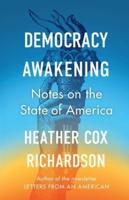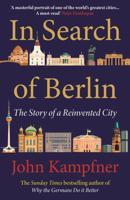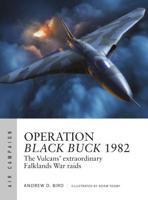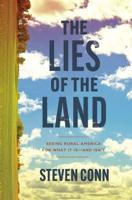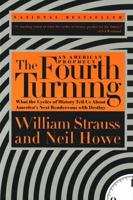Publisher's Synopsis
In May 1968, as part of cutbacks to the British Army, The Cameronians (Scottish Rifles) was disbanded at a moving ceremony held at the same spot in Douglas in Lanarkshire at which it had been raised in 1689. And yet, although the regiment is no more, its place in history is unassailable. The ceremony embraced the history of one regiment, The Cameronians, which had its origins in the turbulent period that accompanied the rise of the House of Orange at the end of the seventeenth century, while its other component part - the 90th (Perthshire Light Infantry) - was raised as a light infantry regiment during the war against Revolutionary France.
Following amalgamation in 1881, The Cameronians (Scottish Rifles) quickly built up a solid reputation as a fighting regiment. During the First World War it raised 27 battalions and during the Second World War its battalions served in Europe and Burma. In the course of its long history, the regiment provided the British Army with many distinguished soldiers including three field marshals: Viscounts Hill and Wolseley and Sir Evelyn Wood.
Always tough and enduring in battle, it reflected the character of its main recruitment area - Glasgow and Lanarkshire - and in later years it took self-conscious pride when the Germans nicknamed its soldiers Giftzwerge, or poison dwarfs.
The Cameronians puts its story into the context of British military history and makes use of personal testimony to reveal the life of the regiment.


